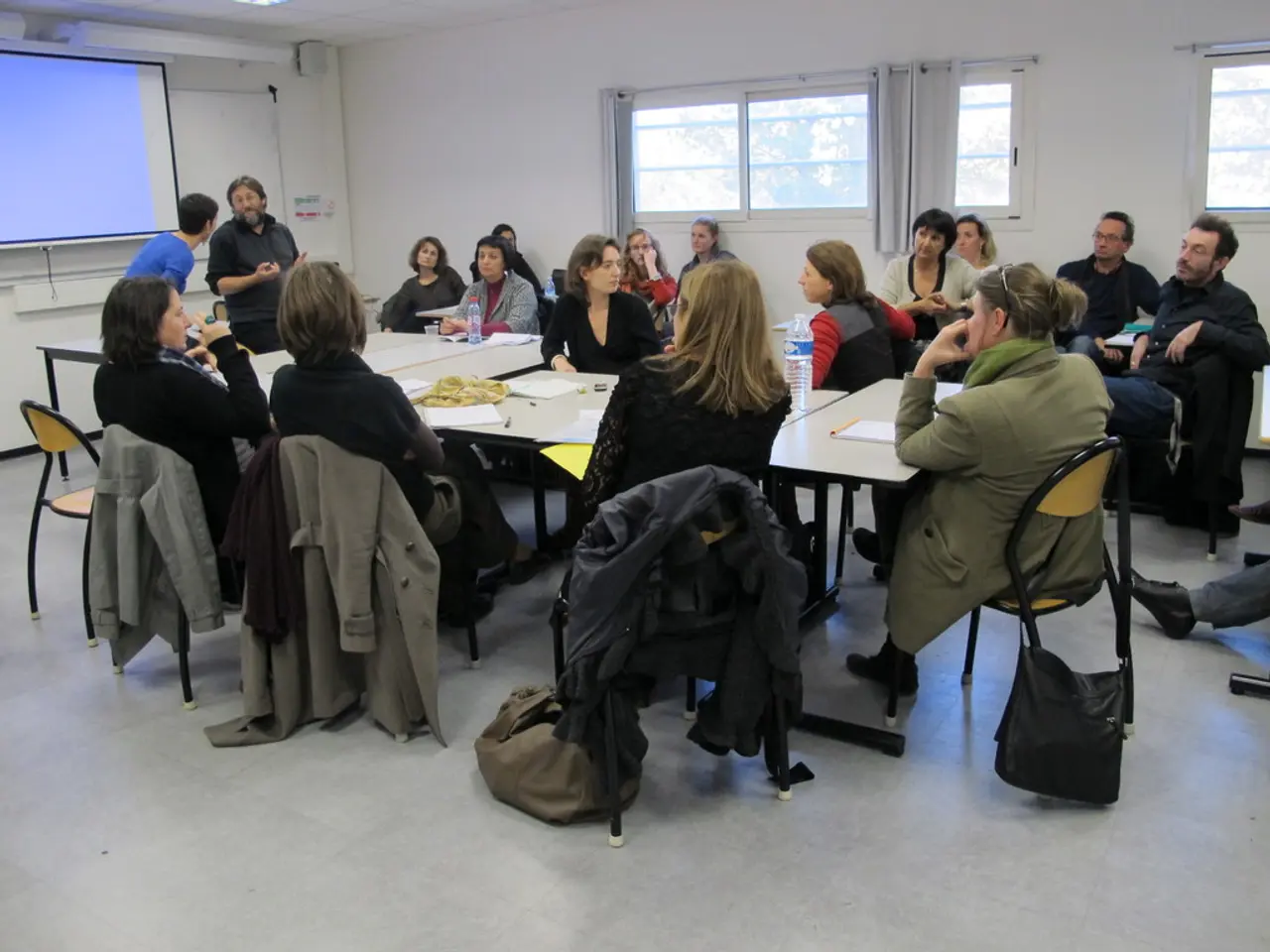Interactions between Autistic and Non-autistic Adults in Homogeneous and Mixed Neurotype Groups
The Double Empathy Problem (DEP) is a groundbreaking concept that sheds light on the mutual misunderstandings and communication barriers that can occur between individuals with different neurotypes, particularly between autistic and non-autistic individuals. This challenge to traditional views of social difficulties in autism underscores the fact that both groups may struggle to comprehend each other's emotions, intentions, and communication styles.
In a nutshell, the DEP arises from mutual misunderstanding and communication breakdowns, which are more likely to occur when individuals with different dispositions interact. For instance, what might be perceived as rude or dismissive by one person might be a straightforward or rule-based communication style for another. In group settings, these misunderstandings can result in social exclusion, negative first impressions, and isolation for autistic individuals.
However, the DEP can also be viewed as an opportunity for both groups to learn from each other and improve communication. By fostering a culture of mutual understanding, where both autistic and non-autistic individuals can learn from each other's perspectives and communication styles, we can address the challenges posed by the DEP.
Educators could apply these findings to create more inclusive classrooms. For example, they could provide opportunities for autistic students to work together on group projects or incorporate discussions about neurodiversity into the curriculum. This approach emphasizes mutual empathy and understanding to bridge the gap between neurotypes, promoting positive social experiences for all students.
Recent research has extended the investigation of the DEP to group settings, which are more representative of real-world social interactions. The study, involving 143 adults (77 autistic, 66 non-autistic), recruited from various sources across three university sites, found that autistic adults establish higher rapport with other autistic adults compared to mixed groups with non-autistic individuals.
These findings challenge traditional deficit-based models of autism by highlighting the importance of considering social context and neurotype composition in rapport-building. They also have implications for various social contexts, such as workplaces or community settings, promoting positive social experiences for both autistic and non-autistic individuals.
Future research could explore the impact of disclosing or not disclosing group composition on rapport, and address potential alternative interpretations of the findings. It could also incorporate observational measures to complement self-report data. Despite some limitations, such as the reliance on self-reported rapport measures and a limited sample size, particularly for mixed groups, the study's findings are a significant step towards creating social environments that are more inclusive and supportive of diverse interaction styles.
In conclusion, understanding and overcoming the Double Empathy Problem is crucial for fostering positive social experiences for all individuals, regardless of their neurotype. By promoting empathy, clarifying intentions, and reducing assumptions about each other's behaviors, we can create a more inclusive and supportive society where everyone can thrive.
- The Double Empathy Problem (DEP) in neuroscience highlights mutual misunderstandings between individuals with different neurotypes, particularly autistic and non-autistic individuals, in their perception, behavior, and communication.
- This challenge to traditional views of social difficulties in autism stresses the need for education and development in society to bridge the gap between neurotypes, improving mental health and wellness for all.
- By applying research findings to foster mutual understanding and empathy, educators can create more inclusive classrooms that promote mental health and positive social experiences for autistic students.
- Recent studies on the DEP in group settings, involving various sources and university sites, have found that autistic adults establish higher rapport with other autistic adults compared to mixed groups with non-autistic individuals.
- These findings challenge deficit-based models of autism, emphasizing the importance of considering social context and neurotype composition in rapport-building.
- Future research should explore the impact of disclosing or not disclosing group composition on rapport and incorporate observational measures to complement self-report data.
- Although the study has some limitations, such as the reliance on self-reported rapport measures and a limited sample size, particularly for mixed groups, it represents a significant step towards creating social environments that are more inclusive and supportive of diverse interaction styles.
- By understanding and overcoming the DEP, we can promote healthier relationships, reduce anxiety, and create a more empathetic, inclusive, and supportive society where everyone can thrive, benefiting mental health, psychology, and society as a whole.




